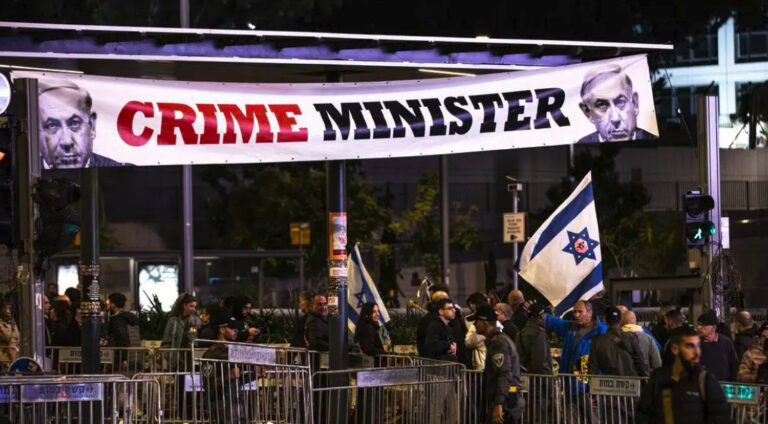
STRATEGIC ASSESSMENT. On August 2, U.S. House [of Representatives] Speaker Nancy Pelosi arrived in Taipei, Taiwan, for a visit and meeting with Taiwan’s President Tsai Ing-wen, as well as other government officials. During her visit, Pelosi made a “bedrock promise” that the United States will “always stand with Taiwan.” Pelosi’s trip marks the most senior U.S. official to visit since 1997 when Newt Gingrich, then the Speaker of the House, traveled to Taiwan. Pelosi’s visit infuriated the Chinese Communist Party (CCP), causing Beijing to adopt a range of retaliatory measures against Taiwan, further straining U.S.-China relations. It is evident from Beijing’s response that the CCP is balancing the need to demonstrate a forceful reaction to appease domestic nationalist sentiments, while also recognizing the importance of keeping in place mitigation measures and avoiding risks of miscalculation.
Since July 19, when the news of House Speaker Pelosi’s potential visit to Taiwan was leaked to the media, Beijing has been warning the United States and Taiwan about the consequences of such a visit. After Pelosi’s 2 August landing in Taipei, Beijing launched economic, diplomatic, and military retaliatory measures. Taiwan has been hit with trade restrictions, with China Customs Administration suspending the import of over 2,000 food products and temporarily halting exports of natural sand—a key component for Taiwan’s chip industry. Taiwanese officials have accused the CCP of launching a cyber-attack, which disrupted government websites using a distributed denial of service (DDoS) attack. The People’s Liberation Army (PLA) has deployed fighter jets to the Taiwan Strait and is conducting live-fire military drills in six maritime blocks surrounding Taiwan between August 4 and 7. The Defense Ministry in Taipei has noted that these drills appear to violate Taiwan’s territorial waters, effectively instituting an aerial and maritime blockade threatening shipping routes.
China’s drills have already had commercial and political impacts within the region. On the first day of the live-fire exercises, which coincide with some of the world’s busiest commercial corridors, the PLA launched nearly a dozen ballistic missiles into waters surrounding Taiwan. Civilian vessels and aircraft have been rerouted due to the risk posed by the drills. According to Japan’s Defense Minister Nobuo Kishi, some of the PLA missiles landed within Japan’s Exclusive Economic Zone (EEZ). This is the first time Chinese missiles have impacted in Japan’s EEZ, which lies in close proximity to Taiwan.
Beijing’s increasingly assertive foreign policy, military modernization, and aggressive rhetoric on Taiwan have sparked concerns about whether the CCP will seek “reunification” by military force. While the retaliatory measures have added to these concerns, several experts have also noted that these were expected to be part of Beijing’s playbook and should not be over-hyped or taken out of context. To formulate sound U.S. policy that avoids miscalculations between Washington and Beijing, it is also important to view the CCP’s recent actions through a domestic lens. Chinese Premier Chairman Xi Jinping is facing a critical year in which he will seek to consolidate power further at the 20th Party Congress.
Chairman Xi and the CCP also face pressure from domestic hawks calling for China to deal with the “Taiwan issue.” The CCP has exploited Chinese nationalism to shore up support at home and influence foreign decision making—as illustrated by boycotts in recent years targeting international brands like H&M and Lotte. Nationalism, however, is a fickle meaning that Chairman Xi and the CCP have to manage including nationalist sentiments demanding “reunification” while at the same time avoiding a slippery slope toward conflict. Recognizing these domestic dynamics will be important for the United States in its attempts to distinguish between domestic posturing and credible threats. It will be especially important to improve on – and expand – existing lines of communication between Washington and Beijing, and promote clear messaging from both sides to avoid potentially disastrous misperceptions that could result in irreversible escalation.
Speaker Pelosi’s visit has been met with both support and criticism, from across the political spectrum. Reports suggest that both the Department of Defense as well as the White House had concerns about the Speaker’s trip to Taiwan. Experts outside of the government have questioned the timing and utility of the trip. UG government officials should not take guidance on foreign policy or visits from authoritarian regimes; however, the strategic utility of this trip has been second-guessed, particularly against the background of the war in Ukraine. U.S. bandwidth is heavily taxed at the moment given Washington’s efforts to support Kyiv and faces a number of challenges in terms of balancing the relationship with China. It is possible that the visit sent a clear message to China and the U.S.’s allies about its commitment to the region and global engagement more generally, in the current context, many have seen the move as an extravagance. Beyond Pelosi’s argument that the United States “cannot stand by as the CCP proceeds to threaten Taiwan — and democracy itself,” it remains unclear if there were any tangible outcomes that will effectively further the United States’ strategy in the Indo-Pasific.
Beijing has unleashed a barrage of messaging to domestic regional and international audiences regarding House Speaker Pelosi’s visit, seeking to pin any blame for escalation on the United States. These sentiments have also been amplified by Russia. It is, however important that the United States doubles down on diplomacy to counter CCP messaging in the region, and it will be particularly important to assure other countries in the region that they are not expected to pick a side—a choice that many states may be unwilling to make given their economic dependence on China. Reinforcing the positive messaging while mitigating the negative fallout from Pelosi’s recent visit will be a key task for U.S. Secretary of State Antony Blinken at the ongoing Association of Southeast Asian Nations (ASEAN) Foreign Ministers meeting, which the Chinese, and Russian Foreign Ministers will attend (TSC).





